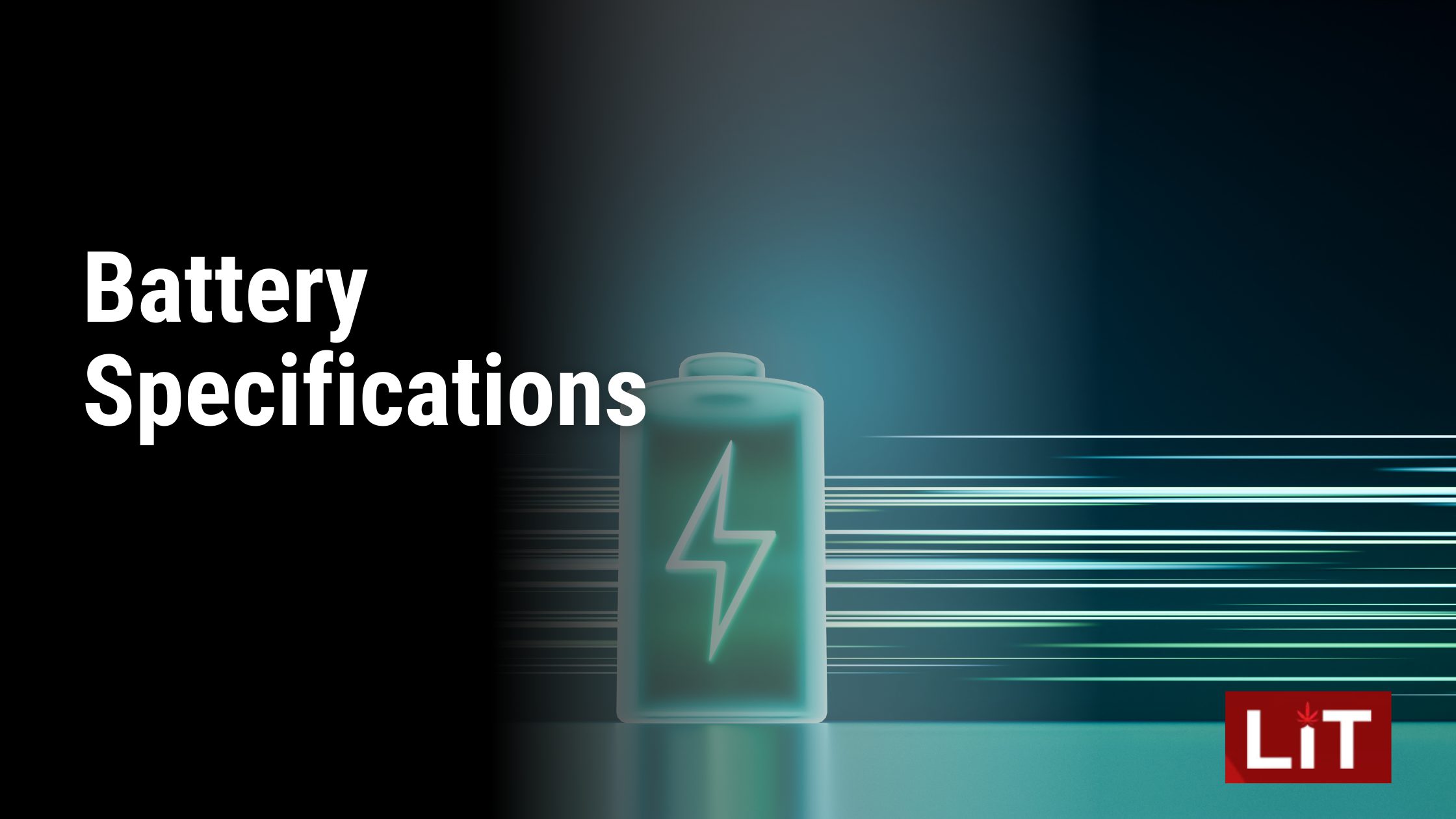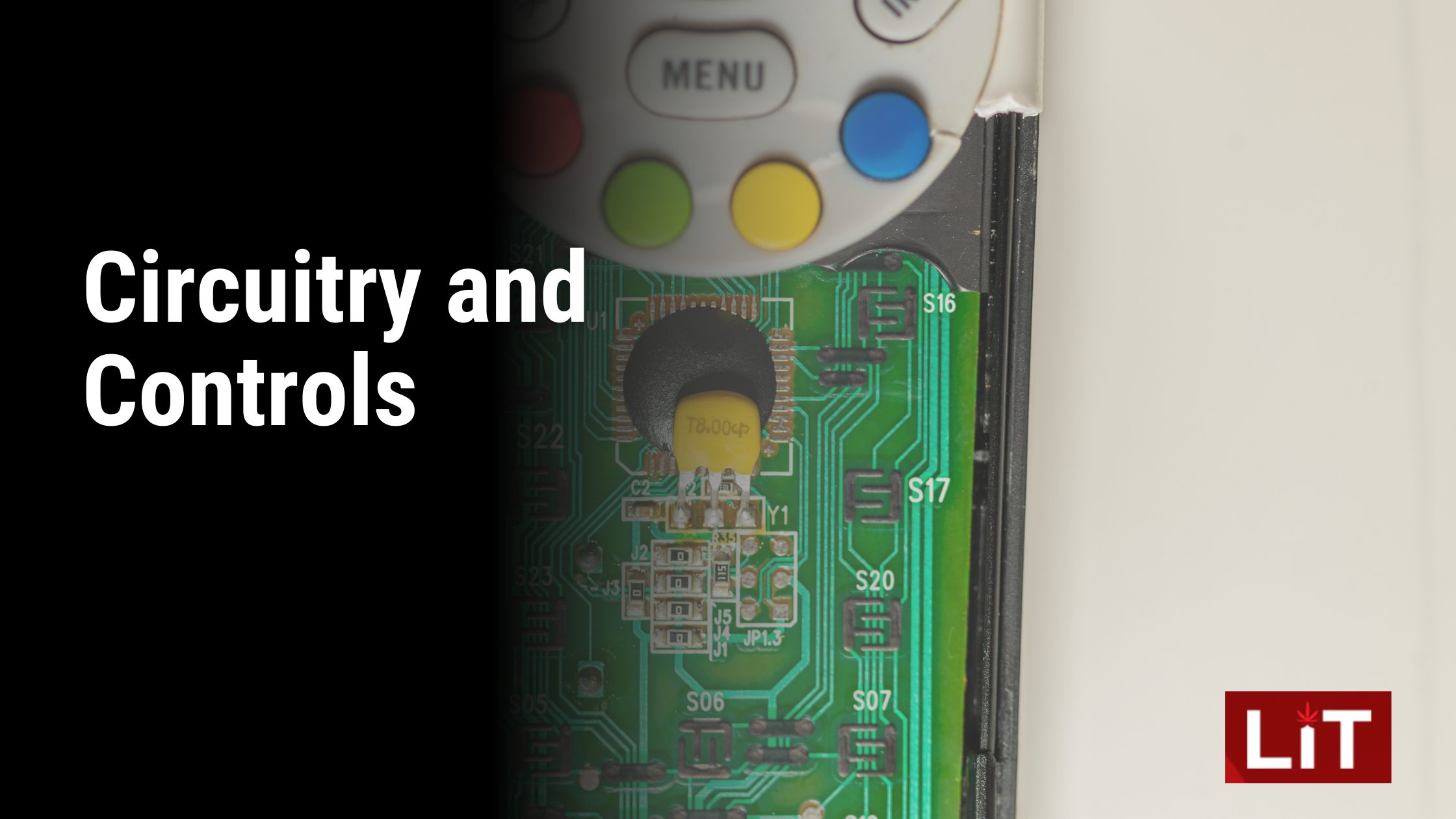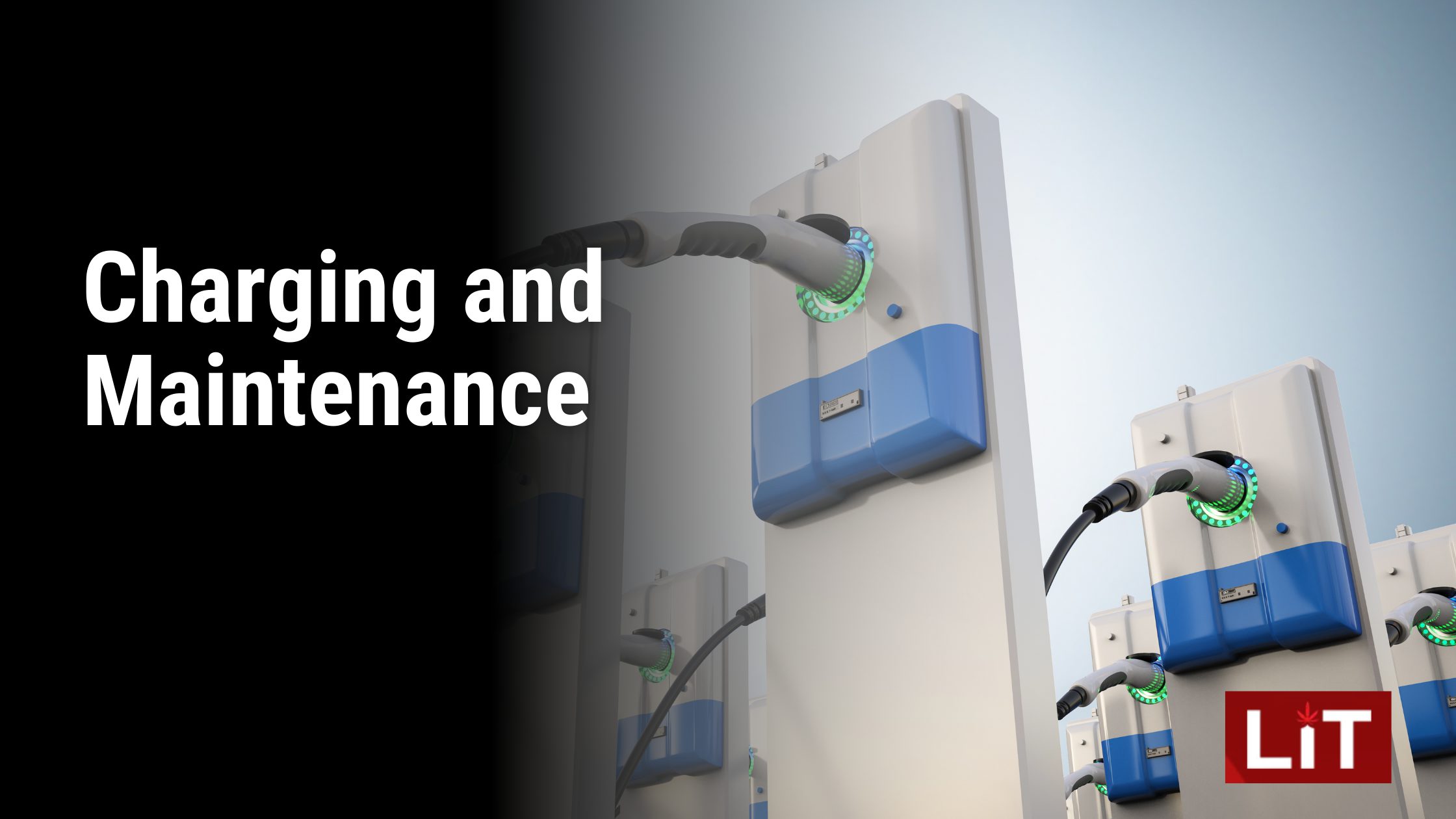Vape pens comprise a battery, mouthpiece, atomizer, and a tank for e-liquid. The battery powers the atomizer, containing a coil often made of kanthal, nickel, or chromium, which heats the e-liquid. This e-liquid, stored in the tank, typically includes nicotine and flavorings. The mouthpiece, made from durable materials like plastic, silicone, or metal, is activated via sensors when the user inhales, activating the element. The selection of materials used and the design of each component can significantly influence the user’s overall vaping experience – an aspect that warrants further exploration.
Key Takeaways
- Vape pens primarily comprise a battery, an atomizer, a mouthpiece, and a tank for storing e-liquid.
- The atomizer, crucial for vapor production, contains a heating coil made from kanthal, nickel, or stainless steel.
- The mouthpiece, made from plastic, silicone, or metal, is designed for durability, heat resistance, and user comfort.
- Cartridges, made of glass, metal, or ceramic, contain cannabis or non-cannabis terpenes and artificial flavors.
- The heating elements in vape pens are typically made from kanthal, stainless steel, nickel, or titanium, each affecting flavor and vapor production differently.
Overview of Vape Pens

Vape pens, primarily composed of a battery, an atomizer, a mouthpiece, and an e-liquid tank, provide a portable and convenient solution for vaping enthusiasts. Their compact nature makes them a popular choice for users seeking a more private and manageable vaping experience. Each component plays an essential role in the functionality of the vape pen, all working in harmony to produce the vapor that the user inhales.
The battery, often rechargeable, supplies power to the atomizer, the device’s heating element. The atomizer is typically made of ceramic and contains a coil composed of various materials, such as kanthal, nickel, or chromium. The choice of coil material can influence the vaping experience, as different metals have unique properties when heated.
The tank or cartridge stores the e-liquid, or vape juice, vaporized by the atomizer. These tanks can be made of glass or plastic and come in various sizes to accommodate the user’s vaping habits. The e-liquid contains nicotine and flavorings, which the atomizer converts into inhalable vapor.
Sensors in vape pens trigger the heating element when the user takes a puff, streamlining the vaping process and providing instantaneous results. This automatic activation, combined with the portability and ease of use of vape pens, contributes to their popularity among vaping enthusiasts.
In exploring the composition of vape pens, these critical components and their respective roles highlight the intricate design behind these compact devices.
The Mouthpiece
Shifting the focus to the mouthpiece, this essential component of the vape pen is often crafted from materials such as plastic, silicone, or metal for excellent durability, heat resistance, and hygiene. These materials are chosen not only for their resilience but also for their ability to withstand the high temperatures generated during the vaping process. This is crucial to guarantee the safety and comfort of the user during inhalation, preventing any risk of burns or discomfort.
Mouthpieces can be designed in various shapes and sizes, with some featuring an ergonomic design for ease of use. This aspect of the mouthpiece is especially significant as it directly impacts the user experience. A well-designed mouthpiece contributes to a comfortable vaping session, reducing strain on the lips and mouth and providing a more pleasant overall experience.
The design of the mouthpiece influences the quality and comfort of the vapor produced. Some mouthpieces incorporate airflow control features, allowing users to customize their vaping experience. By adjusting the airflow, users can control the density and temperature of the vapor, tailoring it to their personal preferences.
Types of Cartridges
Exploring the world of cartridges, it’s essential to highlight that they play a pivotal role in the functionality and quality of the vape pen experience. The cartridges, usually made of high-quality materials like glass, metal, and ceramic, can significantly influence the durability and performance of vape pens. Conversely, low-quality cartridges, often made from plastic, with poor O-rings and pre-moistened wicks, can degrade the overall vaping experience.
Cartridges are not just about material composition but also about their contents. They can contain a variety of substances, from cannabis-derived terpenes to non-cannabis-derived ones and even artificial flavors. All these aim to enhance the user’s vaping experience by providing a range of tastes and aromas.
However, the quality of these cartridges is different. A thorough examination is essential to ensure customer satisfaction and maintain product integrity. The other materials used in constructing a cartridge and its contents can significantly impact the vaping experience, making quality evaluation an essential aspect of cartridge production.
Moreover, understanding the detailed production specifications of cartridges, such as THC percentage, production methods like CO2 extraction, and viscosity adjustments, can empower consumers to make informed decisions. This knowledge allows users to align their cartridge choice with their preferences and desired effects, optimizing their vape pen experience. As we explore the anatomy of vape pens, it becomes clear that each component, including the often-overlooked cartridge, holds significant importance in the vaping landscape.
Anatomy of Atomizers

Continuing our journey through a vape pen’s components, we focus on the atomizers, which are pivotal in transforming e-liquid into inhalable vapor. The atomizer is more than just a conduit for e-liquid; it is a sophisticated assembly of several parts working in concert.
At the heart of the atomizer is the heating coil, typically crafted from materials such as kanthal, nickel, or stainless steel. This coil is responsible for heating the e-liquid to the point of vaporization, a process that requires precise control and uniform heat distribution. The coil’s design and material can significantly impact the quality of vapor produced, with each type offering various benefits concerning flavor intensity, vapor production, and temperature control.
Next in this assembly is the wicking material. Often made from cotton, the wick absorbs the e-liquid, drawing it up from the tank and delivering it to the coil. The wick must be adequately saturated to avoid dry hits and consistently deliver flavor.
The durability and performance of an atomizer depend heavily on both the coil and the wick. However, their functionality is not everlasting. Over time, the coil may degrade, and the wick can become clogged or burnt, affecting the overall vaping experience. Hence, proper maintenance and cleaning of atomizers are essential for top performance and flavor.
Heating Elements Explained
Exploring the intricacies of vape pens, it becomes apparent that the heating elements play an essential role in the device’s performance, impacting numerous aspects from flavor to vapor production. These elements commonly comprise kanthal, stainless steel, nickel, or titanium, each offering unique properties influencing the vaping experience.
Kanthal, a popular choice, is renowned for its resistance to high temperatures and oxidation. This resistance guarantees a consistent and safe heating experience, contributing to the device’s longevity. The material’s stability under extreme heat conditions makes it ideal for users seeking powerful, robust vapor production.
Another commonly used material is stainless steel, prized for its durability and clean flavor production. Its strength and resistance to corrosion make it a reliable choice for long-term use, while its neutral characteristics ensure that it does not interfere with the e-liquid’s flavors.
Nickel and titanium are often used in temperature control coils, offering a more precise heating experience. These materials allow for adjustments to the heat level, allowing vapers to fine-tune their experience based on personal preferences. This precision contributes to a more controlled and custom vaping experience, enhancing flavor and vapor production.
Importance of Wicks
While the heating element plays an essential role in vape pens’ functionality, the importance of the wick, which is responsible for absorbing and delivering the e-liquid to the heating element, should not be underestimated. The wick is the unassuming engine, quietly ensuring the smooth operation of the vape pen. Its primary job is to soak up the e-liquid and carry it to the heating element, facilitating the creation of the vapor the user inhales.
Wicks are typically made from various materials, including cotton, silica, and ceramic. The choice of wick material can significantly impact the quality of the vaping experience. Cotton, for instance, is highly absorbent and capable of delivering a clean, pure flavor. Silica, on the other hand, is heat-resistant and durable but may not offer the same level of flavor clarity. Ceramic wicks are praised for their longevity and consistent flavor delivery, but they require special handling due to their brittle nature.
The thickness and density of the wick also determine the rate of e-liquid absorption and vapor output. A thicker wick can hold more e-liquid, effectively producing more vapor. A denser wick will likely absorb e-liquid slower, potentially leading to dry hits if not appropriately saturated. Choosing the suitable wick material and size, thus, is critical to enhancing the vaping experience, ensuring consistent vapor production, and preventing unpleasant dry hits. Therefore, the humble wick’s role in the vape pen’s operation is paramount.
Battery Specifications

The power source of any vape pen is an essential component, typically a lithium-ion battery, which can hugely impact the device’s performance and usability. Lithium-ion batteries are popular in vape pens due to their high energy density and rechargeability. This type of battery is known for its ability to deliver the required power to vaporize the e-liquid contained within the device effectively.
The capacity of these batteries is measured in milliampere-hours (mAh), which indicates the energy storage capability. A high mAh rating means the battery can power the vape pen longer before recharging. As such, the mAh rating of a battery is an essential factor for vapers who use their devices frequently or for extended periods.
Some vape pens feature built-in batteries, offering the convenience of a compact and sleek design. However, others use removable and rechargeable batteries, allowing users to carry spare batteries and extend the device’s usability without immediate recharging.
The output voltage of vape pen batteries generally ranges from 3.3V to 4.8V. The voltage level affects the intensity of the vapor and the overall vaping experience. Higher voltage often results in more substantial vapor production and a warmer vape, while a lower voltage tends to offer a more excellent vape with less vapor.
Lastly, charging ports on vape pens are usually USB, micro-USB, or proprietary connections, providing users with multiple charging options. These features reinforce the portability and convenience of vape pens, making them a popular choice among vapers.
Understanding Airflow Systems
Understanding airflow systems in vape pens is essential. They play a significant role in regulating the amount of air that mixes with the vapor, thereby influencing the overall vaping experience. The quantity of air in the mix can significantly affect the temperature of the vapor, taste of the e-liquid, and density of the vapor clouds produced.
Airflow systems in vape pens often come with adjustable settings, allowing users to customize their vaping experience based on their preferences. For instance, a tighter airflow can intensify the e-liquid flavor and produce a warmer vapor, while a more open airflow can result in more excellent vapor and more giant clouds. This adjustability is critical for vapers who want to experiment and find their preferred balance between flavor and vapor production.
Another critical aspect of airflow systems is their positioning. There are two standard airflow designs in vape pens: bottom and top airflow. Bottom airflow systems, which draw air from the device’s base, are known for generating intense flavor. However, they may be prone to leaking issues. On the other hand, top airflow systems, where air is drawn from the top of the vape pen, are leak-resistant but might deliver a slightly muted flavor compared to their bottom airflow counterparts.
Material Safety in Vape Pens
When considering material safety, vape pens are meticulously crafted from stainless steel, glass, ceramic, cotton, and plastic, all selected for their durability, safety, and compliance with regulatory standards. The choice of materials is not arbitrary; each component plays a vital role in the functionality and safety of these devices.
Stainless steel, used primarily for the body of the vape pen, is favored for its strength and corrosion resistance. This guarantees the device can withstand regular usage without degradation or compromising the user’s health. Glass, often employed for the e-liquid reservoir, is valued for its chemical inertness. This prevents unwanted reactions between the e-liquid and the container, safeguarding the purity of the e-liquid and leading to a safe and consistent vaping experience.
Ceramic, used in the atomizer or heating element, is chosen for its high heat resistance and ability to deliver a clean, pure vapor. It ensures the user is not exposed to harmful byproducts from heating. Cotton acts as a wick, absorbing and delivering the e-liquid to the heating element. It is selected for its absorbency and heat resistance, contributing to the overall safety of the device.
Plastic components used in various vape pen parts are often made from plastic that complies with food-grade or medical-grade standards. This guarantees that these components do not release harmful substances during use. All these material choices underscore the importance placed on safety in the design and construction of vape pens.
Circuitry and Controls

Delving into the heart of a vape pen, we find intricate circuitry and controls designed to regulate temperature, manage power output, and guarantee user safety. The circuitry primarily relies on a power source, typically a rechargeable battery, that provides the necessary energy to heat the coil and vaporize the e-liquid.
Conversely, controls are user interfaces ranging from simple buttons to advanced digital displays or smartphone apps. These controls allow users to adjust settings to suit their personal preferences, such as temperature control for different e-liquids, power output for desired vapor production, and automatic shut-off features for safety. LED indicators are often incorporated to show battery level, which is essential for users to ensure they can vape without interruption and avoid over-discharging the battery.
Advanced vape pens come with customizable settings for a more personalized vaping experience. For instance, users can adjust the wattage to control the amount of vapor produced or the temperature to alter the intensity of the flavor.
The integration of circuitry and controls in vape pens reflects the technological progression in vaping devices. Not only do they guarantee consistent vapor production and enhance user safety, but they also contribute to the overall functionality of the vape pen, catering to both novices and seasoned vapers alike. Therefore, the circuitry and controls are integral to vape pens, contributing significantly to their efficiency and user experience.
Role of Sensors
Sensors in vape pens are vital in the vaporization process. They detect user inhalation and activate the heating element accordingly. This mechanism guarantees that the heating element, which vaporizes the e-liquid, only operates when the user actively uses the device. The sensor detects the airflow caused by user inhalation and responds by initiating the heating process.
The sensor works in tandem with the atomizer, the component responsible for heating the e-liquid. When the user inhales from the mouthpiece, the sensor recognizes the activity and triggers the atomizer. This dynamic interaction allows the vape pen to deliver a seamless vaping experience.
Therefore, Efficient sensor function is critical to vape pens’ performance. A malfunctioning sensor can cause the heating element to be activated when it shouldn’t or not be activated when it should. This could result in a poor vaping experience or even potential damage to the device.
The materials used in vape pens, such as stainless steel for the body and ceramics for the heating element, play a significant role in the device’s durability and performance. However, the sensor, often overlooked, plays an equally pivotal role. It bridges the user’s inhalation and the device’s response to heating the e-liquid. Thus, the sensor plays a vital part in ensuring that vape pens function as intended, offering a smooth and satisfying vaping experience.
LED Indicators and Their Meanings
Shifting the focus to another essential feature of vape pens, LED indicators serve as visual guides, offering information about battery status, usage, and potential malfunctions. These tiny yet significant lights give users vital information about their device’s functioning, enabling a smooth and hassle-free vaping experience.
A primary function of LED indicators is to display battery status. Different colors are usually used to represent varying levels of battery life. A green light typically indicates a full battery, yellow a medium level, and red a low battery. This color-coding system helps users quickly understand when their device needs charging, preventing unexpected power loss during usage.
In addition to battery status, LED indicators flash to signify when the vape pen is being used or charged. This provides a real-time update and reassures users of the device’s active status. Conversely, a blinking LED light may point to a potential malfunction, such as a low battery or short circuit. This advanced warning system allows users to address issues promptly, reducing the risk of device damage.
LED lights on pod mods, a specific type of vape pen, can also deliver warnings or error messages. For instance, they might indicate device overheating or a connection problem between the battery and atomizer.
Charging and Maintenance

How can the peak performance and longevity of a vape pen be guaranteed? The answer lies in regular maintenance and proper charging practices.
Maintenance of a vape pen primarily involves cleaning the atomizer, which heats the e-liquid. Over time, residue from the e-liquid can build up in the atomizer, affecting the quality of vapor produced and the overall functionality of the pen. Regularly cleaning the atomizer prevents this buildup, ensuring peak performance.
Another aspect of vape pen maintenance is checking the battery connections. Over time, these connections can become dirty or loose, disrupting the power supply to the atomizer. Regularly checking and cleaning these connections can prevent such issues and extend the life of the vape pen.
Refilling the e-liquid is also part of vape pen maintenance. It’s essential to ensure the pen is never dry-fired, i.e., activated without e-liquid. Dry firing can damage the atomizer and decrease the pen’s lifespan.
Charging the vape pen is as essential as its maintenance. Most vape pens come with USB chargers, allowing for easy charging. However, avoiding overcharging the pen is crucial, as this can degrade the battery life.
Durability Factors
Durability is pivotal in vape pens’ overall performance and lifespan. They are constructed from robust materials such as stainless steel, glass, ceramic, and high-quality plastic, guaranteeing the device’s longevity and contributing to its reliability during regular use.
The stainless-steel body of a vape pen offers exceptional strength and resistance to corrosion, enhancing its overall durability. This metal is renowned for its ability to withstand wear and tear and maintain its form under high pressure and extreme temperatures, making it suitable for the structural framework of vape pens.
The glass or plastic tank that holds the e-liquid is another significant factor in the durability of vape pens. Glass tanks, while more fragile than their plastic counterparts, are favored for their ability to preserve the purity of flavors. On the other hand, high-quality plastic tanks are known for being lightweight and impact-resistant, contributing to the pen’s robustness.
Using ceramic heating elements in a vape pen also adds to its durability. Ceramic is known for its exceptional heat resistance and longer lifespan compared to other materials. This ensures the vape pen can withstand regular use over an extended period without compromising performance.
Lastly, although minor, the various plastic components in a vape pen play an essential role in its durability. These high-quality plastic parts resist impacts and can endure regular use without degradation, enhancing the vape pen’s overall durability.
Innovations in Vape Design
While vape pens’ resilience and durability hinge on their robust construction, their design evolution has been shaped by continuous innovation and advanced technology. Modern vape pens feature inventive components like high-power batteries, efficient atomizers, responsive sensors, and refillable cartridges designed to optimize the vaping experience. These elements, crafted from materials like stainless steel, glass, ceramic, and various types of plastic, showcase the industry’s commitment to quality and performance.
Advanced features like LED lights and smartphone apps have increased user experience and customization. LED lights are aesthetic enhancements and functional indicators of battery life and power levels. On the other hand, smartphone apps allow users to monitor and adjust settings like temperature and power output remotely, providing unprecedented control and convenience.
Another significant innovation in vape design is the advent of pod mods. These devices leverage nicotine salts to deliver higher levels of nicotine, catering to users seeking a more potent vaping experience. Available in a wide variety of styles and flavors, pod mods have introduced a new dimension of versatility to the vaping landscape.
Lastly, customized atomizers offer increased vapor production for cloud-chasers—vapers who enjoy producing large amounts of vapor. This personalization aspect has opened up a whole new domain of vaping, where users can adapt their devices to their individual preferences. These innovations in vape design embody the vaping industry’s continuous pursuit of excellence, user satisfaction, and technological advancement.
Frequently Asked Questions
What Are the Ingredients in a Vape Pen?
Vape pens are comprised of several components, including a battery, an atomizer, a mouthpiece, and a sensor. Materials commonly include stainless steel for the body, glass or plastic for the e-liquid tank, ceramic for the heating element, and cotton for wicking. E-liquids consist of propylene glycol, vegetable glycerin, nicotine, and flavorings. Together, these materials create a device for portable and convenient vaping.
Are Vape Pens Metal or Plastic?
Vape pens are made of a diverse mix of materials. They primarily consist of a stainless steel body, which guarantees durability. However, plastic components like polycarbonate are also used, especially in the design of the tank and mouthpiece. Some high-end models incorporate glass or ceramic elements for an enhanced vaping experience. Therefore, vape pens combine metal and plastic, with the specific composition varying based on model and manufacturer.
Are Vape Pens Safer Than Smoking?
Vape pens are often considered safer than traditional smoking due to the absence of combustion, tar, and other harmful byproducts such as carbon monoxide and ash. However, they are not entirely risk-free. Although they may expose users to fewer toxic substances than cigarettes, the long-term health effects of vaping are still under investigation. Hence, while vape pens may reduce potential harm, they should not be considered entirely safe.
What Are Harmful Chemicals in Vapes?
In addition to that, vape pens can contain several harmful chemicals, including nicotine, formaldehyde, acrolein, and diacetyl. These substances are known for their detrimental health effects. For instance, nicotine is highly addictive, formaldehyde is a carcinogen, acrolein can cause lung damage, and diacetyl has been linked to a severe lung disease called ‘popcorn lung.’ Additionally, heavy metals like lead and cadmium, which can leach from the device’s heating element, have also been found in e-cigarette aerosol.
Conclusion
To sum up, the intricate assemblage of materials in vape pens, ranging from stainless steel and ceramic to cotton and various plastics, reflects the remarkable fusion of technology and design. Understanding this delicate interplay deepens my appreciation for these portable devices, elevating vaping from a mere act to an engaging experience. As technological advancements continue, the future of vape pen designs promises a fascinating exploration of material science and user experience.
Contact us
Thank you so much for taking the time to read our blog! We hope you found the insights and tips shared useful. To explore more and see what else we have to offer, please visit our main site at Lit Vape Pens.
If you’re interested in our products, don’t miss out on our exclusive collection available at our online shop. And if you’re in the area and want to experience our products first-hand, come visit us! Here’s how to find us: Get directions to our store.
We look forward to welcoming you, both online and in-store!
